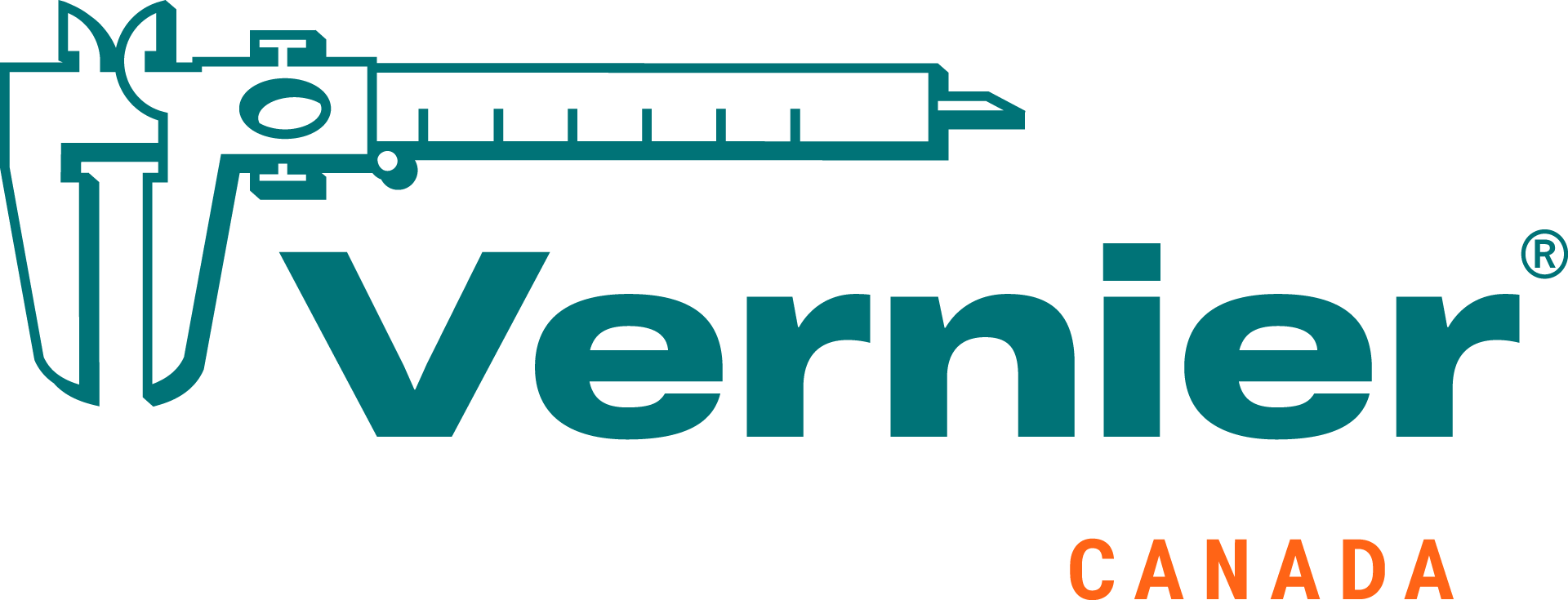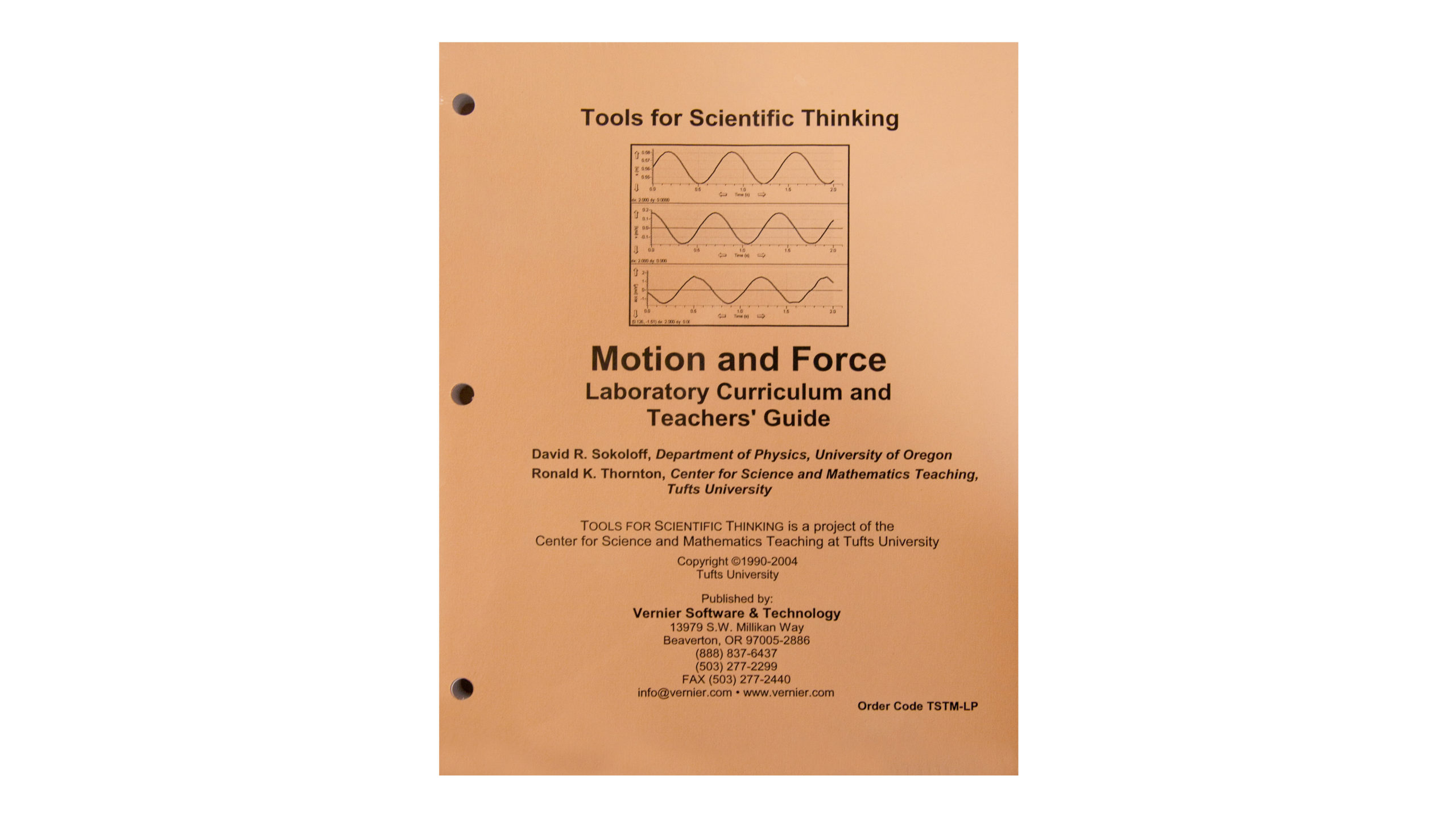Tools for Scientific Thinking — Motion and Force
The Tools for Scientific Thinking curricula make use of microcomputer-based laboratory materials for student development of concepts and intuition in the laboratory. Each guide consists of a series of guided investigations suitable for either the high school or introductory college laboratory.
Now available electronically only.
$76.00
Education Levels
Now available electronically only.
The Tools for Scientific Thinking curricula make use of microcomputer-based laboratory materials for student development of concepts and intuition in the laboratory. Each guide consists of a series of guided investigations suitable for either the high school or introductory college laboratory. The materials have been extensively tested and shown to dramatically improve students’ conceptual understanding. The units are accompanied by a detailed Teacher’s Guide and are supplied in printed, loose-leaf format. Also included are word processing files, so you can modify the activities for your situation.
The Motion and Force laboratory guide contains five units, each requiring about three hours of laboratory work. The labs involve simple apparatus such as dynamics carts, ramps, and springs. Students use their own body motions extensively in the introductory units. A motion detector is required for all of the units and a force sensor is used in two of the units.
User Manual: https://www.vernier.com/manuals/tstm-lp-e/
Warranty: No warranty provided.
FAQ:





